Amherst leaders push back against claims of racial bias in ARPA funding
| Published: 06-28-2023 5:15 PM |
AMHERST — An organization representing Black-owned businesses is calling for an equitable share of future federal ARPA spending, contending that there has not been fairness in the outlays the town has made so far.
Town officials, however, argue that the process has been more than fair, with 55% of small business grants going to Black, Indigenous and people of color (BIPOC) businesses.
The disagreement flared up during a two-hour presentation and discussion before the City Council on Monday, when Town Manager Paul Bockelman and Finance Director Sean Mangano laid out prospective plans for using a portion of the nearly $5 million in American Rescue Plan Act money remaining in Amherst for projects such as putting solar canopies on the high school parking lot, renovating the kitchen at the Senior Center and planning for the creation of a youth empowerment center.
However, members of the Black Business Association of the Amherst Area told councilors that they remain concerned that Hazel’s Blue Lagoon, a Black-owned nightclub in downtown, didn’t get ARPA economic development money while The Drake, a project of the Downtown Amherst Foundation, did.
“I’m very embarrassed for our town to continue to discriminate against Black-owned businesses,” said Pat Ononibaku, president of the Black Business Association.
Ononibaku said to alleviate her concerns, she would like to see Hazel’s get $150,000 in the next round, with another $150,000 going to the Black Business Association for distribution. This would match the $300,000 that went to The Drake, money that was divided between the buildout of its space and payments for diverse performers.
“Why is Drake a priority in our town? Don’t we have other groups that can provide culture and artists in our town?” Ononibaku asked.
Despite the concerns, town officials provided charts showing that $750,000 of the $9.8 million allocated previously was for economic development. In addition to the 55% of the small business grants going to Black, Indigenous and people of color (BIPOC) businesses, almost all of this money went to what are considered marginalized communities, including LGBTQ people and women. One of the two largest grants also went to a Black-owned business.
Article continues after...
Yesterday's Most Read Articles
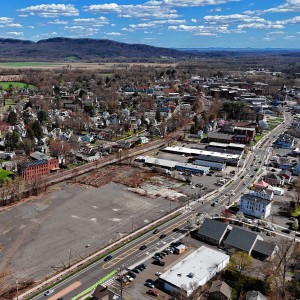 Northampton bans auto dealerships near downtown; zone change won’t affect Volvo operation on King Street
Northampton bans auto dealerships near downtown; zone change won’t affect Volvo operation on King Street
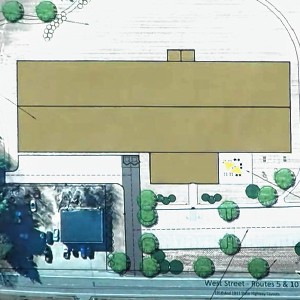 Proposed Hatfield pickleball/tennis building raising eyebrows
Proposed Hatfield pickleball/tennis building raising eyebrows
 South Hadley man killed in I-91 crash
South Hadley man killed in I-91 crash
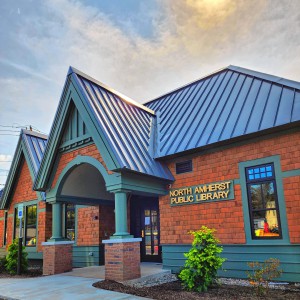 ‘Home away from home’: North Amherst Library officially dedicated, as anonymous donor of $1.7M revealed
‘Home away from home’: North Amherst Library officially dedicated, as anonymous donor of $1.7M revealed
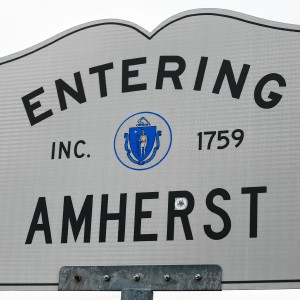 Police respond to alcohol-fueled incidents in Amherst
Police respond to alcohol-fueled incidents in Amherst
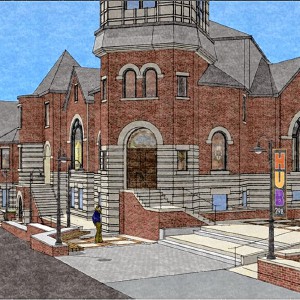 Public gets a look at progress on Northampton Resilience Hub
Public gets a look at progress on Northampton Resilience Hub
Mangano said equity was used in decisions following listening sessions.
“We didn’t have goals that specifically were laid out for Black-owned businesses,” Mangano said. “But we did have goals for BIPOC businesses and marginalized businesses, and even the funding of The Drake had goals for the performers and the artists they bring in.”
“We didn’t have that specific one, but we have an equity lens that we brought to every project,” Mangano said.
Bockelman explained that a downtown art and music center was identified as a need in town, and money went to the Downtown Amherst Foundation, the nonprofit entity that operates The Drake.
“When we identified a need, and there was an initiative to create a downtown music and arts center, we thought it was important to support that effort,” Bockelman said.
Officials estimate that of the original $11.9 million in ARPA money for the town, $2.8 million will be shifted to the second round, matching $2.1 million already previously reserved.
The various buckets of spending have included $2.3 million toward public health and safety, such as hiring four additional firefighters, $1.3 million to the resident aid program, $1 million to support affordable housing projects, $1.18 million for infrastructure, including downtown public restrooms, $1.25 million to education, $510,000 to address climate impacts, $953,865 for the Diversity, Equity and Inclusion department, and the $750,000 for economic development.
For the next round, the town already committed $100,000 for hiring a consultant to develop a Resident Oversight Board for police, $100,000 to repair Pump No. 4 at the wastewater treatment plant, $250,000 for improving recreational areas and $50,000 more for the resident aid program.
Bockelman said the solar canopies could reduce costs and increase use of green energy, while the deteriorating parking lot is resurfaced. The senior center kitchen and activity space upgrade is seen as a stopgap measure as a new senior center is unlikely in the coming 10 to 15 years. Other ideas include community grants for nonprofits and more roads and sidewalks improvements.
Bockelman also assured councilors that he is committed to getting a youth empowerment center up and running. Already, $500,000 is available and he will have a plan for how to move forward with this for the council’s next meeting July 17.
ARPA money has been spent to be aligned with council goals and to meet the needs of residents, he said.
“We’re very proud of how we’ve allocated these funds and how the entire town has stepped up during the pandemic and during the recovery,” Bockelman said. “I will match our work that we’ve done against any other community in the state.”
Both White Lion Brewery and Carefree Cakery, Black-owned businesses that applied for grants, got money. White Lion will be located in space next to The Drake, while Carefree Cakery is planned for the Mill District in North Amherst.
Amilcar Shabazz, who said he helped lure Hazel’s to Amherst from Chicopee, said town officials should look at Black businesses as a strategic investment, and that their united voice is very important to their long-term viability.
Vira Cage of Longmeadow Drive said there has been conflict with Bockelman serving on the Amherst BID board and directing money toward The Drake. “It’s the same people running the same show,” Cage said.
“How you have made decisions in this town, Black lives do not matter,” Cage said.
But Bockelman notes that the BID agreed to administer the grant program in line with the town’s goals, which they exceeded, and did so without charging a fee, and provided individualized support to businesses throughout the application process.
Bockelman said he is proud of the town’s relationship with the business community, including new businesses.
“With a less than 5% vacancy rate in our retail stores downtown, the town of Amherst is thriving more than any other community in western Massachusetts, especially as we emerged from the ravages of the pandemic,” Bockeklman said.
Still, District 3 Councilor Dorothy Pam said there has been an “appearance of impropriety” in how ARPA grant money has been disbursed.
“This is literally how systemic racism happens,” At-Large Councilor Ellisha Walker commented.
Both District 5 Councilor Ana Devlin Gauthier and District 4 Councilor Anika Lopes praised how successful the town has been at working with the Amherst BID on revitalizing downtown. Devlin Gauthier also noted the vacancy rate in downtown Amherst is low.
Lopes said she understands the economy is not easy for marginalized communities, but providing them money also has to be about setting them up for success.
Scott Merzbach can be reached at smerzbach@gazettenet.com.
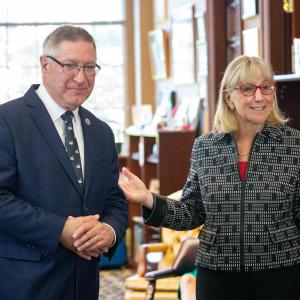 State Senate budget funds free community college for all
State Senate budget funds free community college for all ‘We can just be who we are’: Thousands show support for LGBTQ community at Hampshire Pride
‘We can just be who we are’: Thousands show support for LGBTQ community at Hampshire Pride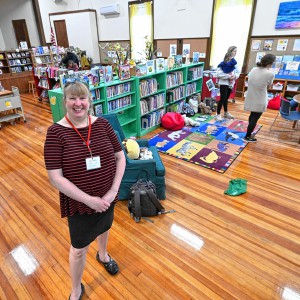 Doors open at Tilton Library’s temporary home at South Deerfield Congregational Church
Doors open at Tilton Library’s temporary home at South Deerfield Congregational Church Area property deed transfers, May 2
Area property deed transfers, May 2
